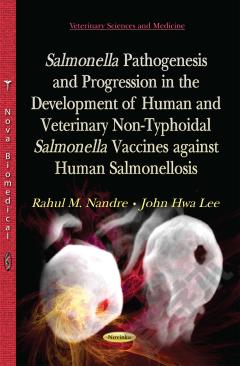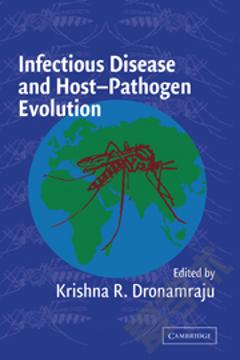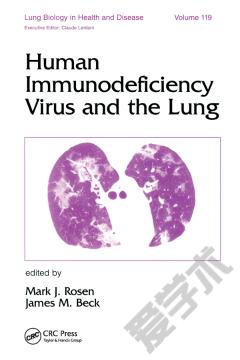Salmonella Pathogenesis and Progression in the Development of Human and Veterinary Non-Typhoidal Salmonella Vaccines against Human Salmonellosis
The important foodborne zoonotic pathogen non-typhoidal Salmonella cause gastroenteritis, bacteremia and focal infection in humans. Salmonella evades the host’s immune system through the coordinated expression of complex arrays of virulence associated-genes. The dynamics of host-pathogen Salmonella enterica interaction and infection might enhance the development of novel targeted preventative measures and drug regimens. However, widespread usage of antibiotics has led to the emergence of multiple antibiotic-resistant Salmonella. To avoid this problem, effective vaccines are developed to control non-typhoidal Salmonella zoonotic infections. An understanding of how Salmonella enterica spreads and survives in tissues has very important implications for targeting intracellular Salmonella with vaccine-induced immune responses. Application of advanced knowledge and scientific methods in the development of vaccines could diminish the non-typhoidal Salmonella disease burden globally. Currently, the oral live attenuated vaccines showed an efficient protection against non-typhoidal Salmonella zoonotic infection. However, inactivated or sub-unit vaccines are considered to be the safest over live vaccines. Ultimately, this review explores the molecular basis of non-typhoidal Salmonella pathogenesis. In addition to pathogenesis, recent advances in generation of Salmonella vaccines are also emphasized. This review also gives a deep insight into the future development of Salmonella vaccines with different innovations.
{{comment.content}}








 京公网安备 11010802027623号
京公网安备 11010802027623号